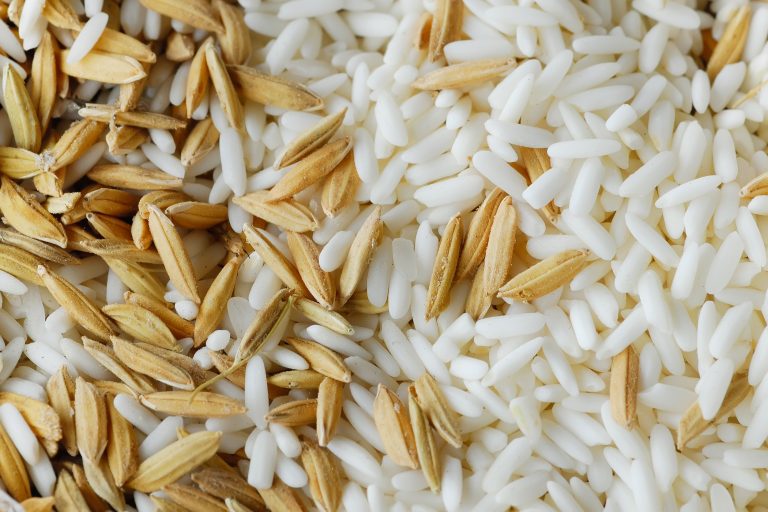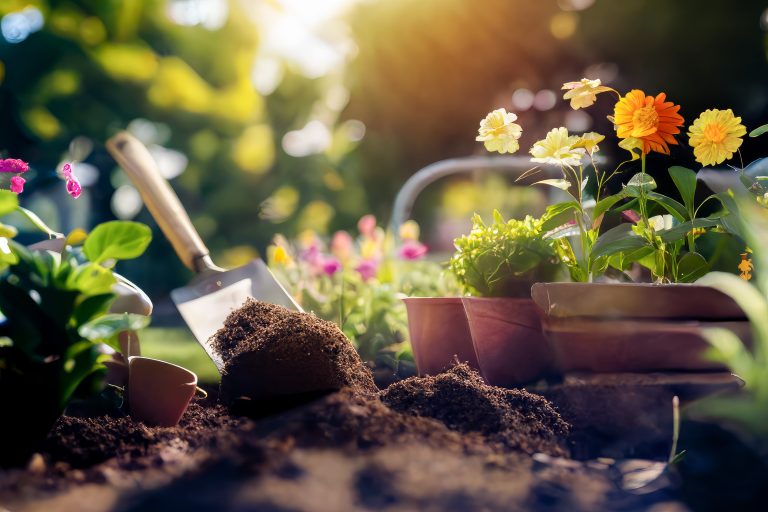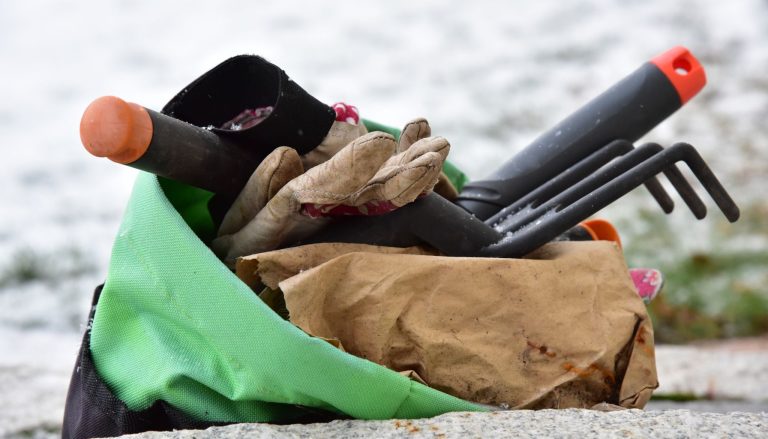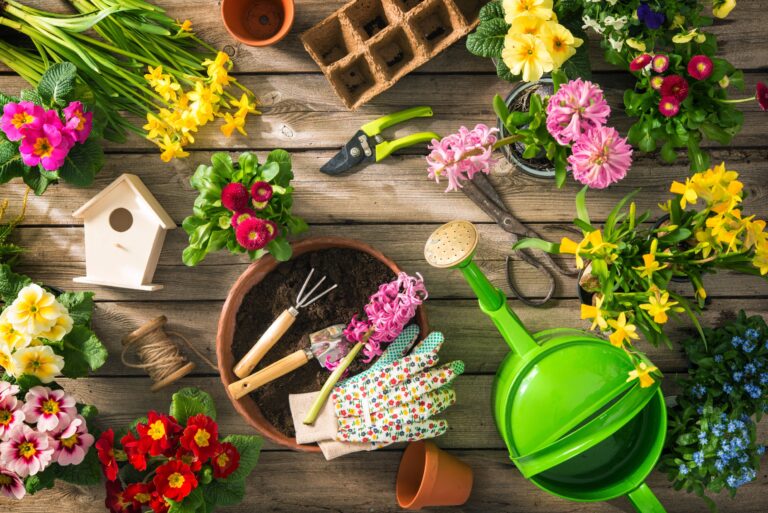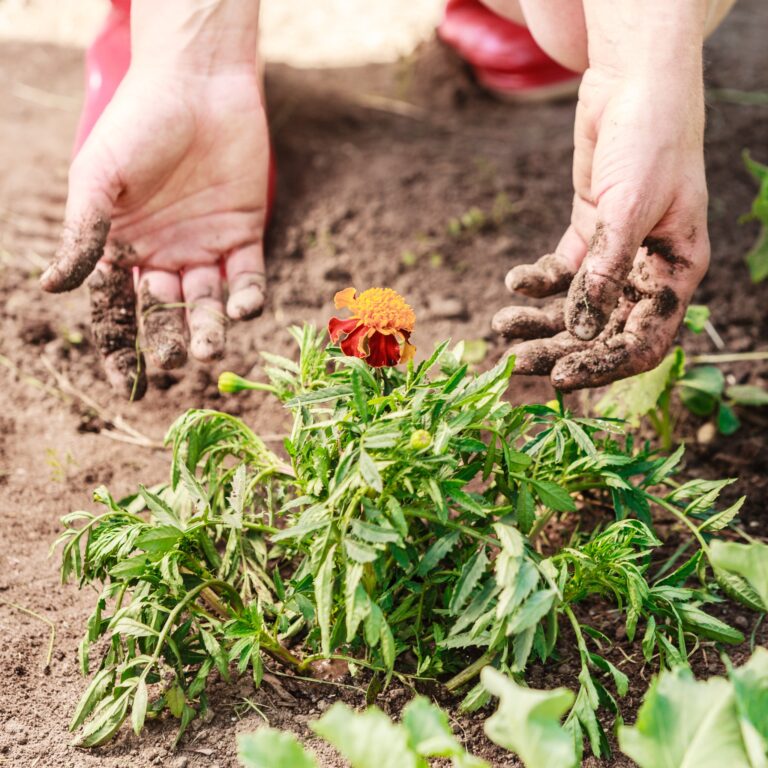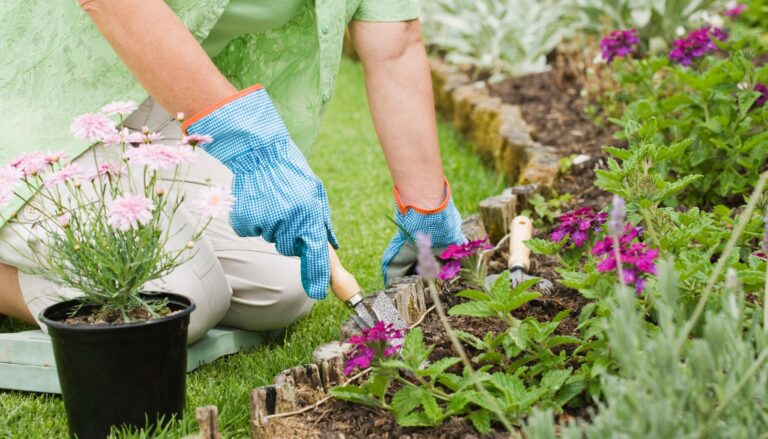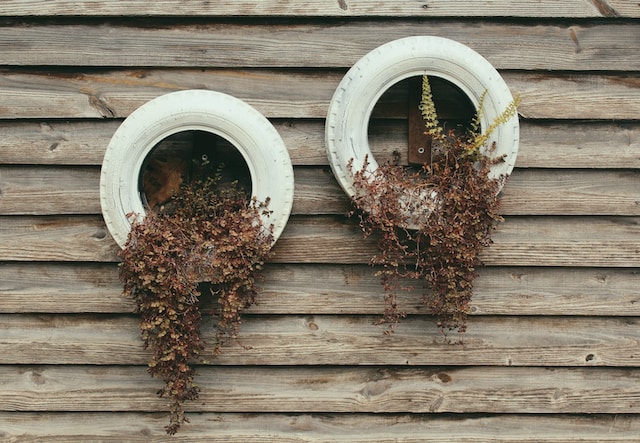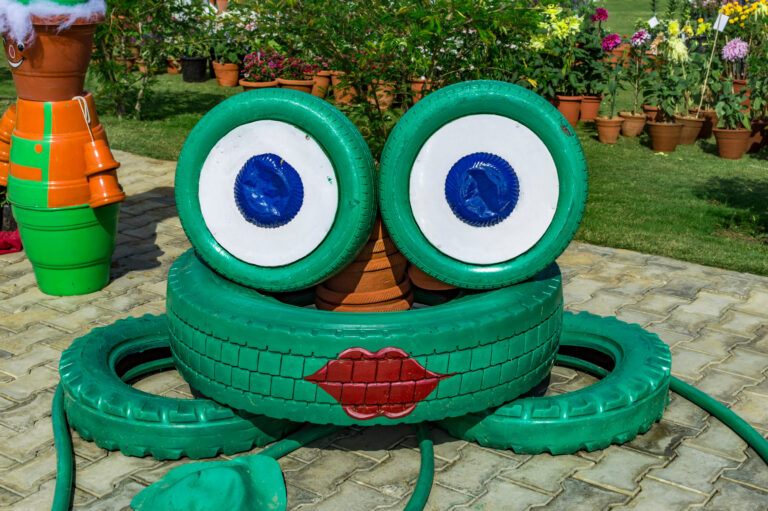If you’re looking for an affordable, sustainable way to boost your garden’s health, rice hulls might be the secret ingredient you’re missing. These lightweight, all-natural byproducts of rice milling are packed with benefits for home gardeners. With a neutral pH and excellent aeration properties, rice hulls can improve soil structure, drainage, and water retention. They’re…
eco-friendly gardening
9 Gardening Techniques That Are Surprisingly Controversial
Gardening may seem like a peaceful hobby, but certain practices have sparked debates among enthusiasts and experts alike. From unconventional methods to environmental concerns, some gardening techniques challenge traditional norms and stir controversy. Understanding these hot topics can help you form your own opinions and make thoughtful choices for your garden. Let’s dive into nine…
From Coffee Grounds to Eggshells: 10 Homemade Fertilizers You Already Have at Home!
Looking to give your plants a nutrient boost without spending a fortune on store-bought fertilizers? Look no further than your kitchen! Homemade fertilizers are a natural and effective way to nourish your garden with items you already have at home. Here are 10 amazing DIY fertilizers that will keep your garden thriving. 1. Coffee Grounds…
Use These 8 Winter Composting Tips for Gardeners
When winter arrives, gardeners often wonder if composting can continue despite the cold weather. The answer is a resounding yes! With a few adjustments, winter composting can be just as effective as in warmer months. Whether you’re a seasoned gardener or new to composting, these eight tips will help you keep your compost pile thriving…
Organic Gardening Supplies: The Secret to Lush, Chemical-Free Plants!
Growing a healthy garden without harmful chemicals is easier than you think. Organic gardening supplies can help you nurture your plants while keeping your garden eco-friendly. With the right tools and products, you’ll cultivate lush, vibrant greenery without compromising on sustainability. Let’s explore the essential supplies that will transform your garden into a natural oasis!…
Why Lasagna Gardening is the Ultimate Hack for Lazy Gardeners
Lasagna gardening, also known as sheet composting, is a method that makes gardening easier, more efficient, and environmentally friendly. If you love the idea of a lush garden but dread the hard work, this technique is perfect for you. Lasagna gardening involves layering organic materials to create rich, fertile soil, eliminating the need for tilling,…
Inexpensive Planting Solutions: 10 Genius Tips for Gardeners on a Budget
Inexpensive planting solutions are the key to creating a beautiful garden without breaking the bank. Whether you’re a seasoned gardener or a newbie, these creative and budget-friendly ideas will help you grow lush plants and vibrant flowers. Here are ten genius ideas to get you started. 1. Recycle Household Containers One of the easiest and…
Upcycling in the Garden: Everyday Items That Can Be Functional Garden Decorations
If you take a look around your home, or even in your recycling bin, then you will probably find items that you can use in your garden. This is, obviously, good for the earth. When you upcycle everyday items into functional garden decorations, it also saves you money. After all, you don’t have to buy…
Are Old Tires Toxic to Plants?
Some people like to use old tires in their gardening. However, you might wonder, “are old tires too to plants?” It’s important to think about those things, especially if you eat food from your garden. How To Use Old Tires In Your Garden There are so many great, fun ways to use old tires in…
